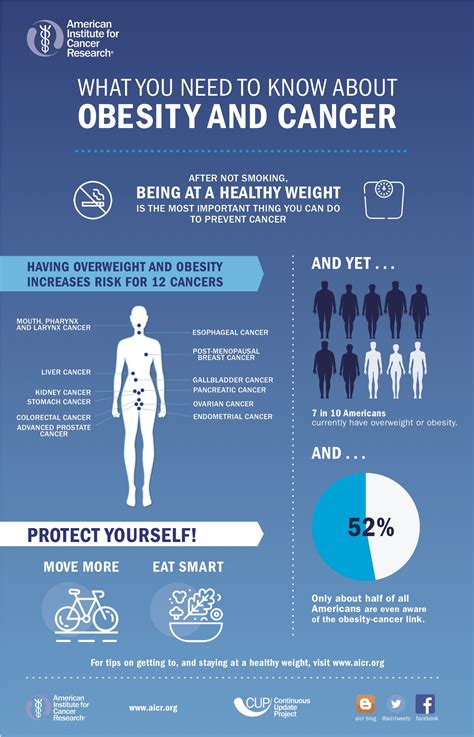In a bustling research lab, a team of dedicated scientists embarked on a groundbreaking mission to unravel the intricate relationship between where people choose to shop for their food and the alarming rise of obesity-related cancers. The culmination of their tireless efforts was documented in BMC Medicine, shedding light on a pivotal discovery that could revolutionize public health strategies across the nation.
Assistant professor Ran Xu, accompanied by his diligent Ph.D. student Gaofei Zhang from the Department of Allied Health Sciences, spearheaded this innovative study. They joined forces with a cohort of esteemed researchers including associate professor Peter Chen and budding scholars Weixuan Lyu and Congcong Miao from the Department of Geography, Sustainability, Community, and Urban Studies. Additionally, Qinyun Lin brought an international perspective from the University of Gothenburg in Sweden, enriching the collaborative effort.
The research team ventured into uncharted territory by harnessing large-scale GPS-tracked mobility data at a national level. This treasure trove of information unveiled intriguing insights into consumer behavior patterns concerning food shopping preferences among over 359,000 retailers scattered throughout the United States. By intricately mapping out where individuals frequented for their grocery needs and cross-referencing it with data on healthy food availability within various neighborhoods, they aimed to decode how these choices impacted individuals’ health outcomes.
“Obesity is closely entwined with cancer incidence rates,” emphasized Xu with unwavering concern during one of their brainstorming sessions. “Excessive body weight alone contributes significantly to new cancer cases each year.” This harsh reality underscored the urgency behind their quest to decipher whether merely introducing more outlets offering nutritious options could stem the tide of obesity-related health crises.
Contrary to conventional wisdom, Xu revealed a startling revelation gleaned from prior studies – merely enhancing access to purportedly healthier food sources did not suffice as a panacea for combating obesity trends. Delving deeper into their research arsenal unveiled a multifaceted web linking individuals’ shopping behaviors not only with prevalent metabolic conditions like obesity but also extending its ominous reach towards hypertension, high blood pressure, and diabetes.
As Xu articulated passionately about their investigative journey, “Our findings highlighted an unexpected twist – people tend to gravitate towards food establishments located outside their immediate vicinities.” This crucial nugget hinted at a fundamental flaw in assuming that localized interventions alone could mitigate widespread health challenges plaguing communities nationwide.
Armed with GPS datasets spanning from 2018 to 2019 courtesy of SafeGraph combined meticulously with retailer location specifics sourced from InfoGroup databases; they meticulously categorized establishments promoting wholesome dietary choices as grocery stores or farmers’ markets while designating convenience stores and fast-food outlets as purveyors of unhealthy fare.
Their meticulous juxtaposition against obesity-related cancer mortality statistics derived from comprehensive records maintained by the Centers for Disease Control and Prevention spanning 2015-2020 paved the way for constructing an activity-based index quantifying individuals’ propensities towards patronizing healthy versus unhealthy food havens within each county’s bounds.
“In essence,” Xu succinctly summarized amidst animated discussions within their research enclave, “Tracking individuals’ movements emerged as a far superior predictor compared to static location analyses when gauging susceptibility towards obesity-linked cancer fatalities.” This pivotal finding underscored how unraveling human behavioral intricacies held profound implications in tailoring effective public health interventions geared towards curbing rampant obesity concerns gripping society at large.
Drawing upon his expertise as a geographer embedded within this eclectic research ensemble, Chen unraveled another layer underscoring sociodemographic nuances permeating this complex narrative thread. For instance,
“The association between shopping behaviors and cancer risks exhibits varying intensities across different demographic strata,”
mused Chen reflectively during one enlightening dialogue session.
This disparity manifested prominently amongst Hispanic communities characterized by stronger correlations potentially intertwined with what experts dubbed as the “Hispanic Paradox.” This enigmatic phenomenon spotlighted how Hispanic populations often showcased relatively better health outcomes despite grappling with compounded risk factors endemic within their environs compared to other societal cohorts.
Moreover,
“We observed heightened associations between shopping dynamics and cancer vulnerabilities among residents boasting elevated socioeconomic status (SES),”
Chen expounded thoughtfully.
This intriguing trend hinted at underlying dynamics whereby affluent patrons exhibited tendencies favoring healthier purchasing habits presumably owing to greater financial bandwidth enabling them seamless access towards embracing wholesome dietary regimens compared to economically marginalized counterparts grappling with resource constraints impeding similar lifestyle choices.
Navigating through this labyrinthine maze teeming with interpretative possibilities led Xu down yet another contemplative avenue pondering over existing policy frameworks ostensibly targeting pervasive issues such as ‘food deserts.’ These socioeconomically deprived zones bereft of accessible grocery store options often attracted government initiatives striving earnestly towards rectifying these disparities through measures like opening fresh retail avenues catering specifically towards bridging nutritional accessibility gaps.
However,
as Xu critically examined evolving paradigms underpinning contemporary policy directives,
he voiced poignant queries resonating resoundingly amidst his peers:
“Are we truly addressing root causes effectively through conventional approaches if most consumers navigate beyond neighborhood confines whilst hunting for sustenance?”
This introspective query laid bare inherent gaps pervading existing strategies warranting recalibration anchored around deciphering actual behavioral proclivities instead forging robust policy blueprints grounded in empirical consumer insights.
Charting newfound territories unfurled novel vistas awaiting exploration beckoning forth fresh inquiries encompassed within realms delving deep into understanding consumer choices guiding purchasing decisions when faced with dichotomous options abundant in today’s marketplace.
Their ongoing endeavors unfolded promising horizons hinting at leveraging digital tools alongside time-tested methodologies like surveys interweaving rich qualitative dimensions encapsulating diverse facets steering human predilections influencing choices extending beyond superficial veneers masking underlying rationales shaping consumption habits.
As dawn broke upon yet another day heralding relentless pursuit toward unraveling mysteries shrouding dietary inclinations vis-à-vis prevailing health exigencies bedeviling modern existence; each member within this dynamic research consortium stood united in purpose fueled by unwavering conviction echoing loudly:









Leave feedback about this